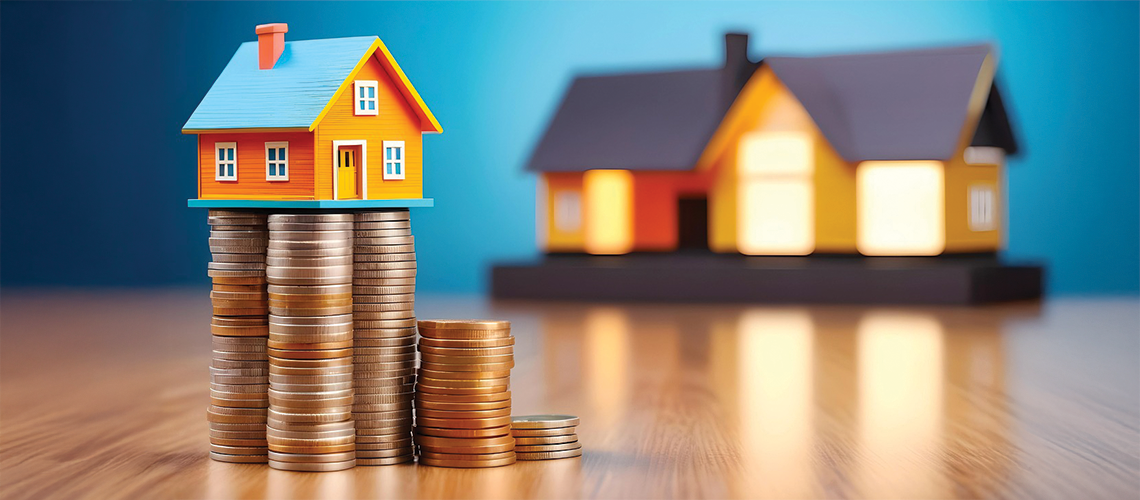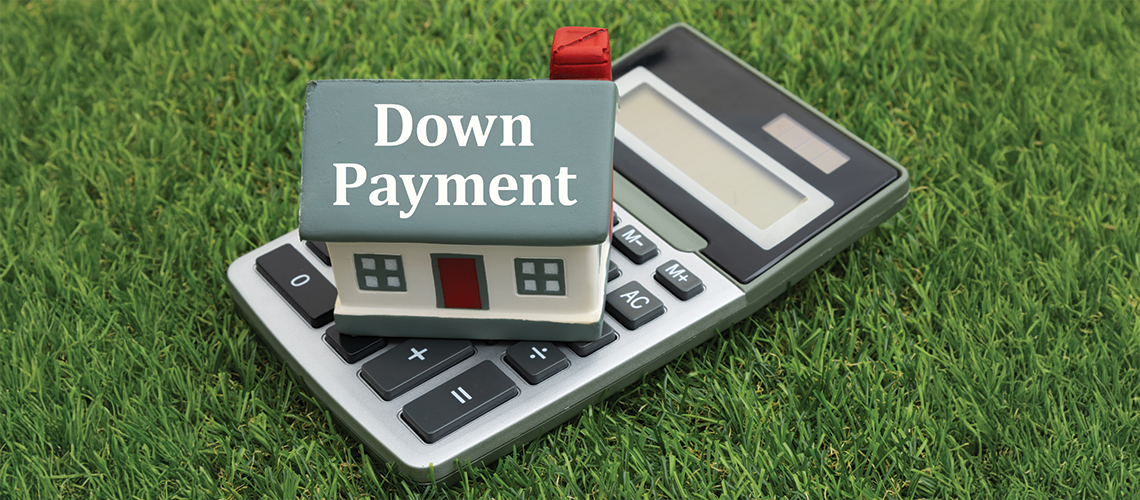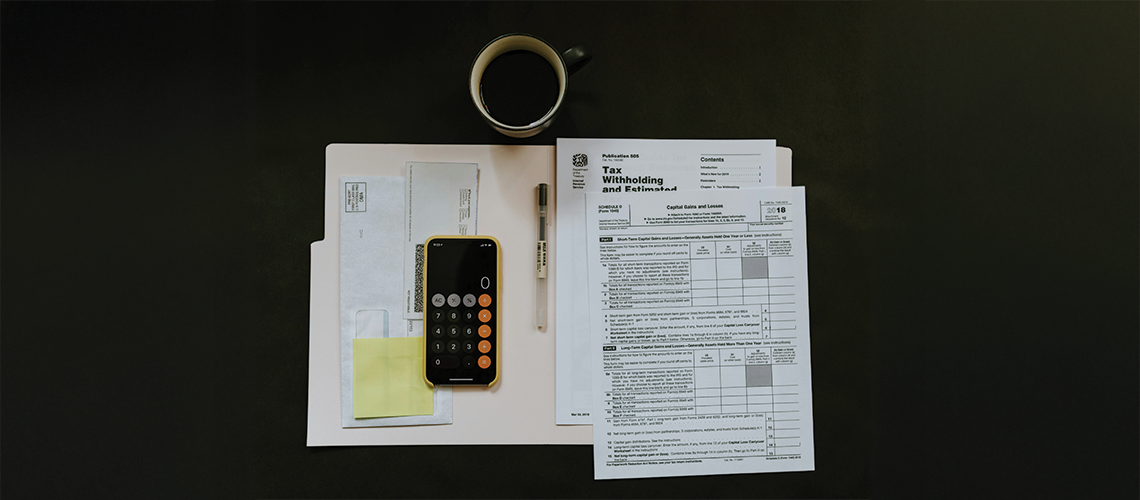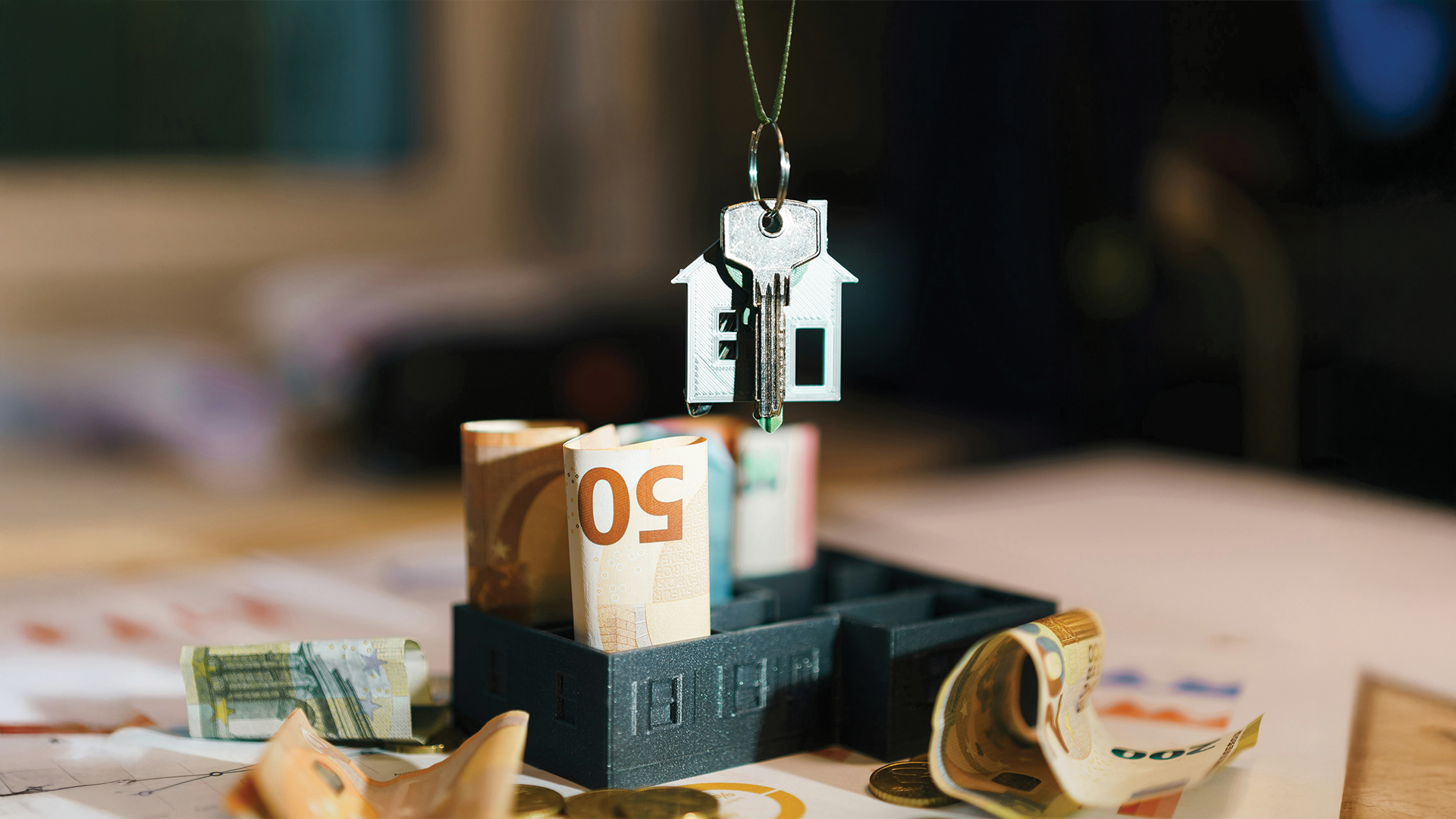
Wasl Mortgage Calculator
Aman Sawner, Content editor
29/09/2025, 7 Minutes Read
Thinking of buying a property in Dubai and financing it with a mortgage? Start with a mortgage calculator.
It’s the simplest way to see, in minutes, what your monthly payment could look like, how long it might take to pay the loan off, and how changing the rate, down payment, or years changes your budget.
This blog will fill you in on everything you need to know about mortgages in the UAE.
What is a mortgage calculator?
A mortgage calculator is a tool that estimates your equated monthly installment (EMI) and total cost based on four inputs:
- Property price (and your down payment)
- Loan amount (price minus down payment)
- Interest rate (fixed for a period, or variable)
- Loan term (e.g., 10–25 years)
By entering details like property price, down payment, interest rate, and loan tenure, you can quickly see how much you’ll pay each month and the total cost over time.

How Mortgages Are Calculated in the UAE
Behind the scenes, UAE mortgage calculators use reducing balance math. This simply means the bank charges interest only on what you still owe, not on the full original loan amount.
Each month, as you pay down the principal, the interest portion of your payment gets smaller. This is calculated using the classic EMI formula:
EMI = P × [ r(1+r)^n / ((1+r)^n − 1) ],
where P = loan amount, r = monthly interest rate, n = number of months.
You can see this logic in reputable public calculators such as Emirates NBD (lets you set price, down payment, term and rate) and bank calculators/brochure pages.

Property Value: Loan-to-Value (LTV)
Banks in the UAE don’t cover the full cost of a property. Instead, they follow Loan-to-Value (LTV) rules set by the Central Bank, which define the maximum percentage of the property price a bank will finance.
Think of LTV as the bank’s comfort zone:
- A higher LTV means the bank is taking on more risk and you’re putting in less of your own money.
- A lower LTV means you’ll need to contribute more upfront.

Down Payment
A down payment is the amount of money you pay upfront when buying a property before the bank steps in to finance the rest.
In the UAE, the size of your down payment is directly tied to the Loan-to-Value (LTV) ratio, which sets the maximum percentage a bank is allowed to finance. For example, if the LTV cap is 80%, the bank can cover up to 80% of the property price and you’ll need to pay the remaining 20% yourself.
Here’s how it works in practice:
- If your dream home costs AED 1,500,000,
- Bank loan (80%) = AED 1,200,000
- Your down payment (20%) = AED 300,000
The exact percentage varies depending on your profile:
- UAE Nationals may qualify for higher financing ratios, sometimes up to 85%.
- Expats are generally capped at 80% for properties priced at AED 5M or less.
- Non-residents and second-home buyers often face stricter rules and may need to provide a larger upfront payment.
Always check your lender’s Key Facts Statement (KFS) or website (e.g., Emirates NBD) to confirm the exact requirements and any additional buffers that might apply to your situation.

Mortgage Interest Rates in the UAE
When a bank lends you money to buy a property, they’re taking on a risk — and that risk comes at a cost.
This is where interest comes in.
Think of it as the price you pay to borrow money. It’s how the bank earns profit while covering the risk of lending, the cost of operations, and the potential for default.
For home loans, the interest rate has a direct impact on how much you’ll pay over time. Even a small difference in percentage points can add up to hundreds of thousands of dirhams over a 20–25 year mortgage.
In the UAE, banks typically offer two mortgage types:
1. Fixed-Rate Mortgages
The interest rate stays the same for a limited time, usually 1, 3, or 5 years.
- Pro: Predictable payments during the fixed period, which makes budgeting easier.
- Con: Once the fixed period ends, the mortgage automatically switches to a variable rate unless you refinance.
Example:
- You lock in a 3-year fixed rate at ~4%.
- For those three years, your monthly payment remains stable.
- Afterward, your loan switches to a variable rate based on EIBOR + a bank margin, which may be higher.
2. Variable-Rate Mortgages (EIBOR-Linked)
Once your fixed period ends, your mortgage moves to a floating rate.
Total Rate=EIBOR+Bank MarginTotal Rate=EIBOR+Bank Margin
- EIBOR (Emirates Interbank Offered Rate):
The daily benchmark interest rate published by the Central Bank of the UAE.
In mid-September 2025, 3-month EIBOR was around 4%. - Example:
If EIBOR is 4% and your bank margin is 1.5%,
your total rate = 5.5%.
Theoretically speaking, if EIBOR rises to 5%, your total rate increases to 6.5%. - Pro: If market rates fall, your monthly payments decrease.
- Con: If rates rise, your payments can increase significantly, making budgeting harder.
Tip: Use a mortgage calculator to see how rate changes affect your monthly payments before committing to a loan. It’s the easiest way to visualize the trade-offs between fixed and variable rates.
Assuming a ~4% fixed rate for the first 3 years. Actual rates vary by lender and market conditions — always check live rates before making a decision.

Loan Tenure
Loan tenure is simply the length of time you’ll take to repay your mortgage.
In the UAE, most home loans have terms of up to 25 years, and tenure is one of the most critical factors affecting affordability and total cost.
How Tenure Impacts You:
- Monthly Payments
- Longer tenure (e.g., 25 years):
- Lower monthly payments → easier cash flow.
- But you’ll pay much more interest overall.
- Shorter tenure (e.g., 10–15 years):
- Higher monthly payments → can strain your budget.
- Saves you hundreds of thousands of dirhams in total interest.
- Longer tenure (e.g., 25 years):
Example:
For a AED 1M loan at ~4% interest:
- 25-year term:
Monthly payment ≈ AED 5,278
Total interest paid ≈ AED 583,511 - 15-year term:
Monthly payment ≈ AED 7,397
Total interest paid ≈ AED 331,438
Difference: Choosing the shorter term saves you AED 252,073 in total interest!
With longer tenures, small changes in interest rates can have a big impact over time because you’re paying interest for many years. With shorter tenures, you pay off the loan faster, reducing the risk of rate fluctuations hurting you.
All these scenarios, from changing rates to shifting tenures, can be visualized instantly using a mortgage calculator, so you can play around with scenarios to find the right balance between affordability today and savings over time.

Bottom line
Use a UAE-specific mortgage calculator first. It helps you set a realistic budget, understand LTV and down payment, compare fixed vs. variable scenarios and see how EIBOR-linked pricing might affect you later.
When you’re comfortable with the numbers, take your outputs to your bank (or broker) and ask them to price your exact profile.
FAQs
What does a mortgage loan do?
A mortgage loan helps you finance the purchase of a property without paying the full amount upfront. The bank lends you a percentage of the property’s value, which you repay in monthly installments over a set period. Each payment includes both principal (the borrowed amount) and interest. In the UAE, mortgage terms can extend up to 25 years, making it easier for buyers to afford homes while maintaining financial flexibility .
What is the minimum salary for a mortgage loan in UAE?
Most banks in the UAE require a minimum monthly salary of AED 10,000–15,000 for residents applying for a mortgage. However, the exact requirement depends on the lender, the type of property, and whether you’re a resident or non-resident. Some banks may set higher thresholds for non-residents or second-home buyers. Always check the bank’s Key Facts Statement (KFS) for up-to-date eligibility criteria .
What is the minimum deposit for a mortgage in UAE?
The minimum deposit, or down payment, is tied to the Loan-to-Value (LTV) cap set by the Central Bank.
- For expats: at least 20% of the property price for homes valued under AED 5 million.
- For UAE nationals: 15% minimum for the same range.
If the property value exceeds AED 5 million or is a second home, higher deposits may apply .
How can I determine my monthly mortgage payment?
You can calculate your monthly mortgage payment using a mortgage calculator. Simply enter the property price, your down payment, loan amount, interest rate, and loan tenure. The calculator will estimate your Equated Monthly Installment (EMI) and total repayment. This helps you plan your budget, test different scenarios and ensure your Debt-Burden Ratio (DBR) stays under the Central Bank’s 50% limit. It’s a quick way to evaluate affordability before applying for a mortgage .
What is the rate of interest on a home loan?
Home loan interest rates in the UAE depend on the bank, your profile, and market conditions.
- Fixed rates: Typically range between ~4% for 1–3 years.
- Variable rates: Based on EIBOR (Emirates Interbank Offered Rate) plus a bank margin.
Always check live rates on UAE bank websites, as they change regularly with market movements.
Do mortgage payments include additional costs like fees or insurance?
Usually, no. Mortgage payments typically cover only the loan’s principal and interest. Other costs—like DLD transfer fees (4%), mortgage registration fees (0.25%), insurance premiums, and processing fees—are separate. Always ask your lender for a breakdown of all upfront and recurring costs before committing, as these can significantly impact your total homeownership expenses .


